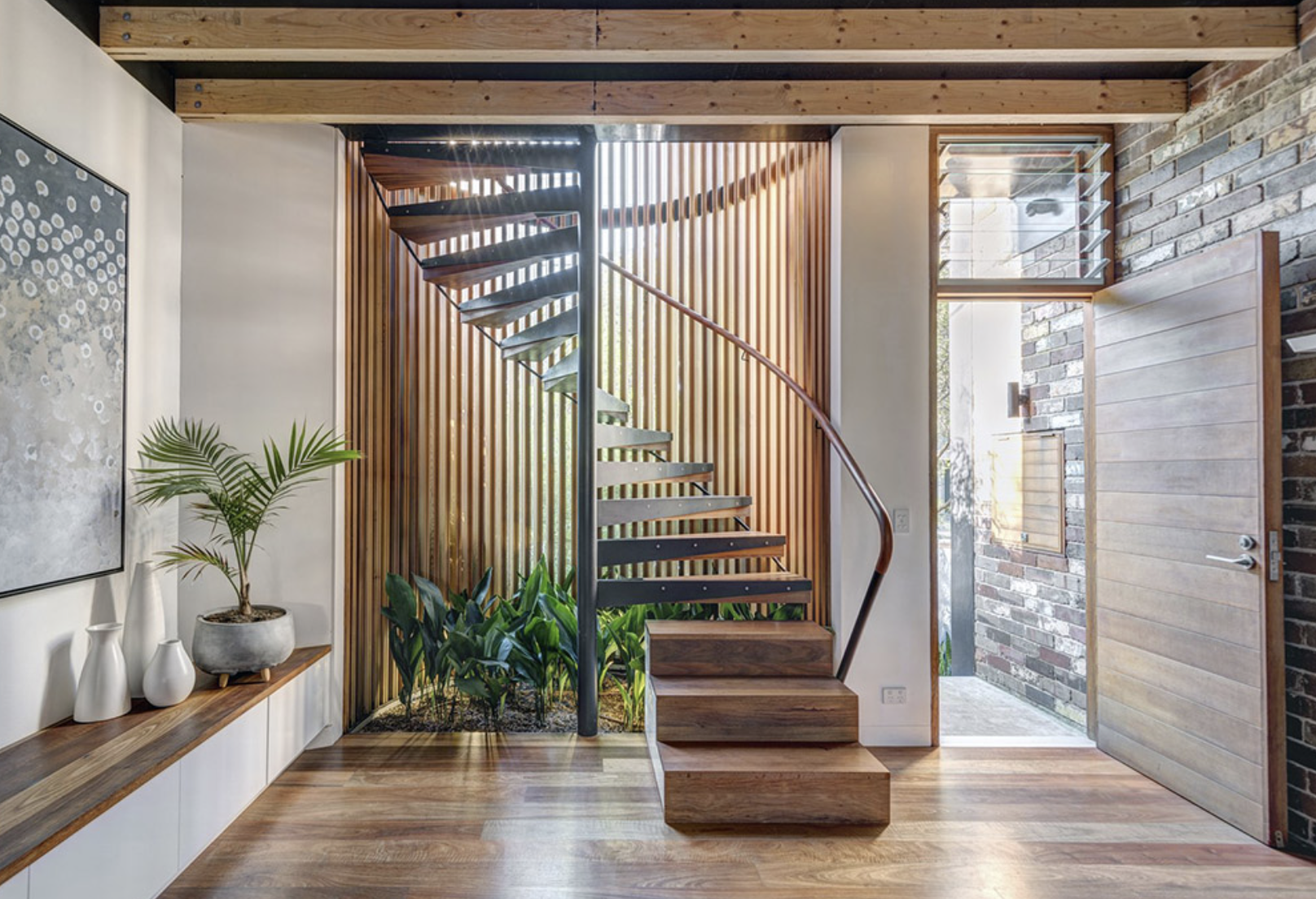The latest luxurious but sustainable interior design trends
Luxurious living can be anything you make it - so yes, sustainability absolutely can be at the heart of luxe living. Luxurious design is about achieving a sumptous look using materials that may not always have been associated with the style

Luxurious living doesn't have to cost a fortune, nor does it have to include materials that deplete the environment or cause harm to produce. Opt for FSC/PEFC-certified wood, LED bulbs, organic cotton/linen, paints and wallpapers that don't contain plastic, and choose vintage/antique pieces to keep the circular economy going.
If you're looking to update your home in 2024, take note of some inspiring luxury design trends you might want to incorporate into your scheme, choosing sustainable materials
Lighting
Lighting is a great place to start because energy efficiency is one of the focal points of sustainable living. Choose a beautiful fitting/lamp secure in the knowledge that it uses LEDs as the light source, because they use very limited amounts of electricity. And when choosing lamps, the shade is what gives the glamour so look for pieces that are beautifully made and which use natural fabrics. Silk is a good option for lampshades because it's so lustrous and crucially it's a renewable and biodegradable fibre. Penny Morrison offers lovely silk shades made in the UK using silk from India.
Grand kitchen features
Kitchens are the heart of the home so you want one that looks stunning yet is comfortable and practical. The luxury element of a kitchen often comes from the worktop - marble or granite are obvious luxe stones to choose for a high impact worktop. Choose stone sourced from smaller EU quarries that are well regulated and return the landscape to its original state once they've reached their seam reduction limits.
If marble and granite are out of your price range, porcelain is a good alternative, as is composite stone, stone made from waste materials such as marble dust which is bound using a resin. If you have space for an island unit in your kitchen again clad it with the same stone as the worktop and have a ceramic or induction hob flush in it.
Gas hobs are far less energy efficient than induction hobs - and some of the latter are now so sophisticated they have internal systems that absorb steam generated while cooking, so there is no need to buy an extractor fan. With kitchen design, have sleek built-in appliances (ideally AAA-rated for energy efficiency) rather than chunky free-standing cookers and fridges. And of course keep surfaces free of clutter.
Statement living room furnishings
Take note of trends from luxury boutique hotels. So choose deep pile wool rugs (you can find second hand ones on Ebay and at auctions if you don't want to buy new), and invest in a flat screen television that can be mounted on the wall. Wood burning stoves have become less popular as evidence suggests that emit harmful particulates into a room and generate emissions that harm air quality in the community. So if you want the luxury of a naked flame, consider a bio-ethanol fire. They generate minimal heat so aren't a heat source in themselves, but they create a flame without generating emissions. You don't need wood for them, instead you pour bio-ethanol liquid into the fire's reservoir in the fire and light that.
Luxury comes from touch and feel, so make sure your cushion covers are made from a sumptous fabric such as an organic cotton velvet and ensure they're filled with a nice fat cushion pad, so the cushion isn't saggy. Opt for even numbers - two or four cushions on a sofa - symmetry is very important in interior design.
Another statement piece has to be a grand piece of art. You definitely need framed pictures for walls and why not start collecting beautiful pieces of glassware or ceramic or sculpture so you have some lovely pieces for side tables and shelves.
Ensure walls are smooth and well-painted and that your colour palette is soothing, not garish.
We're all aware we need to think about sustainability because climate change has become the climate crisis. And while sustainability as it relates to our interiors can mean upcycling old furniture and looking for furnishings made with recycled materials, that's not the only story. Buying new pieces of furntiure and decorative accessories is fine if they're made from renewable/recyclable materials and have longevity at their core. What we must avoid are products that have a short lifespan and then end up in landfill.